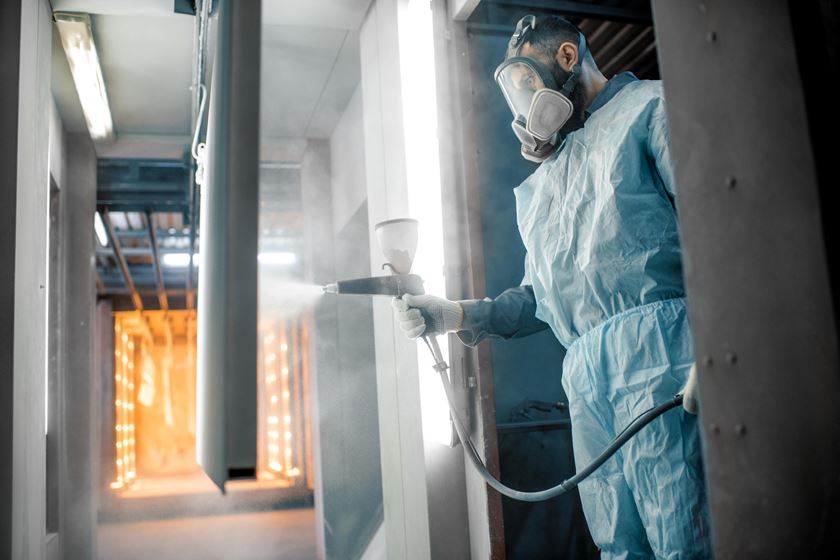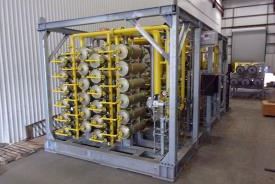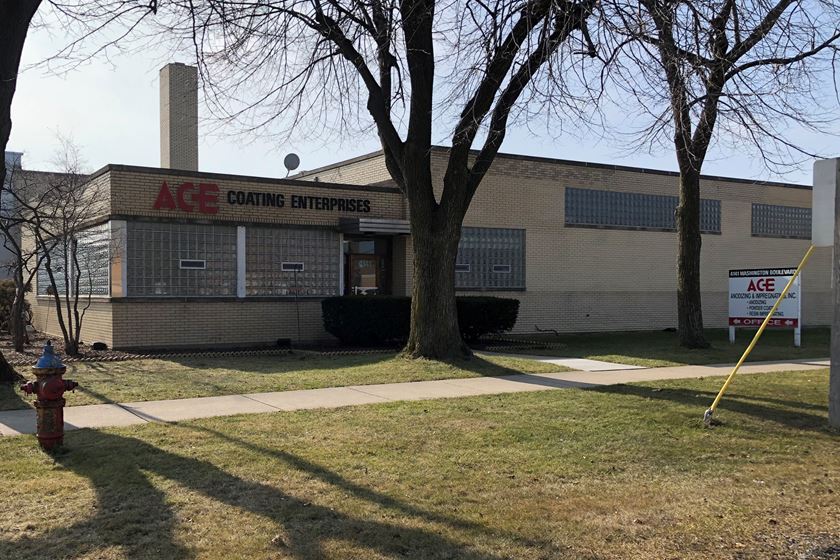Perspiration
After plating carbon steel with an electroless nickel/boron nitride process, the parts exposed to human perspiration turn black. The thickness of the plate is only 0.0003–0.0005 inch. Is this due to our process, or is it from perspiration that comes in contact with the surface?
Q. After plating carbon steel with an electroless nickel/boron nitride process, the parts exposed to human perspiration turn black. The thickness of the plate is only 0.0003–0.0005 inch. Is this due to our process, or is it from perspiration that comes in contact with the surface? A.V.
A. Welcome to the world of perspiration! Human sweat as well as fingerprints are corrosive. Metal finishers have grappled with this problem for many years and still have not completely solved the problem. For example, I was involved a few years ago in trying to solve the problem of fingerprints on front panels of electronic components. This project involved the formulation of artificial fingerprints and sweat. After much testing of various types of finishes, the conclusion was that the best way to resolve this problem is to apply a slightly thicker deposit and provide a recommendation on what type of cleaners should be used to remove fingerprints and sweat marks from the surface. (Windex works reasonably well.)
In your particular case, the black marks most likely are coming from the perspiration and have very little to do with your process. I would, however, recommend a slightly thicker deposit.
RELATED CONTENT
-
Choosing and Troubleshooting Copper Electroplating Processes
Learn more on this inexpensive and highly efficient process.
-
Cleaning, Pretreatment to Meet Medical Specs ISO 13485 or FDA 21 CFR820
Maximilian Kessler from SurTec explains new practices for industrial parts cleaning, metal pretreatment and decorative electroplating in the medical device industry.
-
Nickel Electroplating
Applications, plating solutions, brighteners, good operating practices and troubleshooting.
















